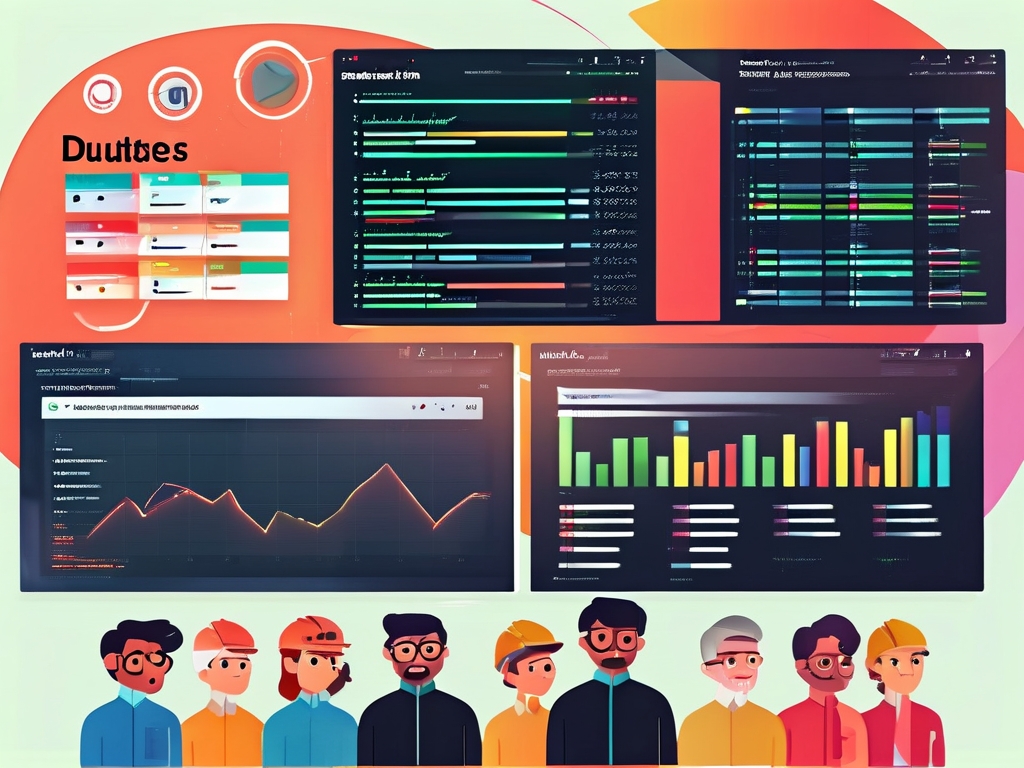Embedded development, the backbone of modern technological innovation, has evolved dramatically over the past decade. From smart home devices to industrial automation, embedded systems now permeate nearly every aspect of daily life. This article explores the current landscape of embedded development, highlighting key trends, persistent challenges, and emerging opportunities shaping the field.

1. The Expanding Scope of Embedded Systems
Embedded systems are no longer confined to traditional domains like automotive control units or consumer electronics. The rise of the Internet of Things (IoT) has propelled embedded development into healthcare, agriculture, energy management, and smart cities. For instance, wearable medical devices now leverage embedded systems to monitor vital signs in real time, while precision agriculture relies on embedded sensors to optimize irrigation and crop yields. This diversification demands developers to master interdisciplinary skills, blending hardware design, software optimization, and domain-specific knowledge.
Moreover, advancements in microcontroller units (MCUs) and system-on-chip (SoC) architectures have enabled smaller, more powerful devices. Modern MCUs, such as ARM Cortex-M series or RISC-V-based chips, offer enhanced computational capabilities with minimal power consumption, making them ideal for battery-operated IoT devices.
2. Key Trends Reshaping Embedded Development
a. Edge Computing and AI Integration
The shift toward edge computing has reduced reliance on cloud-based processing, enabling embedded systems to perform real-time data analysis locally. Machine learning models, optimized for low-resource environments, are now deployed directly on edge devices. For example, embedded vision systems in autonomous drones use lightweight neural networks for object detection without cloud connectivity.
b. Open-Source Tools and Ecosystems
Open-source software (e.g., FreeRTOS, Zephyr OS) and hardware platforms (e.g., Arduino, Raspberry Pi) have democratized embedded development. These tools lower entry barriers for startups and hobbyists while fostering collaboration. Companies like NVIDIA and STMicroelectronics now support open-source frameworks, accelerating innovation cycles.
c. Security as a Priority
As cyberattacks target IoT devices, security has become a critical focus. Secure boot mechanisms, hardware-based encryption (e.g., TrustZone), and over-the-air (OTA) firmware updates are now standard requirements. Regulatory standards like ISO/SAE 21434 for automotive systems emphasize security-by-design principles.
3. Persistent Challenges in the Field
a. Hardware-Software Co-Design Complexity
Balancing performance, power efficiency, and cost remains a tightrope walk. Developers must optimize code for specific hardware architectures while meeting real-time constraints. For instance, automotive systems demand deterministic response times, requiring meticulous scheduling and memory management.
b. Fragmentation and Compatibility Issues
The lack of standardized communication protocols across IoT ecosystems complicates interoperability. A smart home device using Zigbee may struggle to interface with a Wi-Fi-based system, forcing developers to implement multiple connectivity stacks.
c. Talent Shortage and Skill Gaps
Embedded development requires expertise in low-level programming (C/C++, Assembly), hardware debugging, and domain-specific regulations. However, the rapid evolution of tools and frameworks has created a skills gap. Universities and online platforms are scrambling to offer specialized courses to meet industry demands.
4. Future Prospects and Innovations
a. AI-Driven Development Tools
AI-assisted code generation and automated testing tools are emerging to streamline workflows. For example, GitHub Copilot now supports embedded C programming, reducing boilerplate code writing.
b. Quantum-Resistant Cryptography
With quantum computing on the horizon, embedded systems must adopt post-quantum encryption algorithms to safeguard long-term security.
c. Sustainability Focus
Energy-efficient designs and recyclable materials are gaining traction. The European Union’s Ecodesign Directive pushes developers to minimize the environmental footprint of embedded devices.
The embedded development landscape is thriving yet fraught with challenges. As technologies like 5G, AI, and quantum computing converge, developers must adapt to stay ahead. Collaboration across industries, investment in education, and adherence to security and sustainability principles will define the next era of embedded systems. Whether building a smart thermostat or a life-saving medical device, embedded developers remain at the heart of technological progress.









